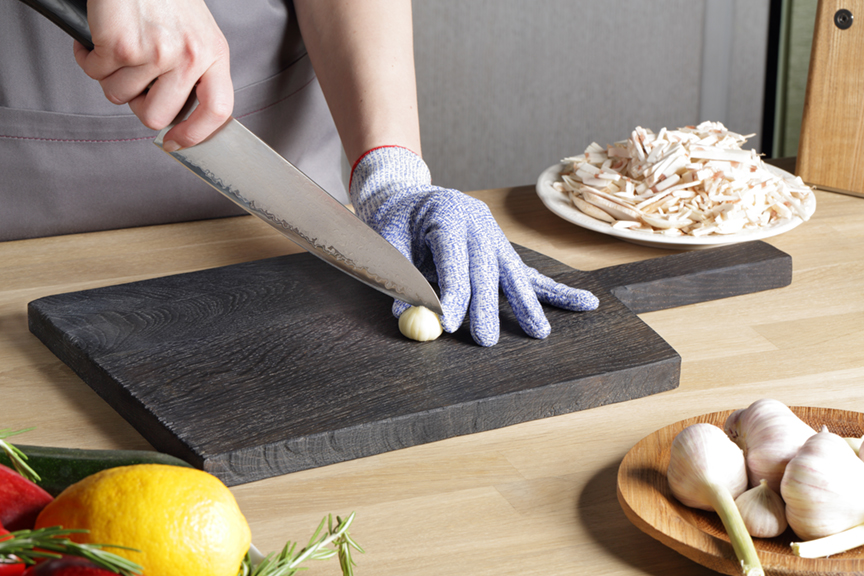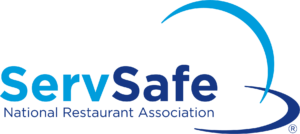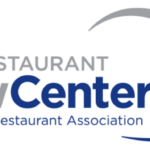In today’s tight job market, increasing workplace safety should be one of your talent retention strategies. Our partners at ERNwest offer tips on how to reduce the risks of common accidents and injuries.
By Brent Olson, MS, CSP, ERNwest
Hiring and retaining high quality employees can be difficult in any labor market. Lately, it has been even more difficult. With higher employee wages and a low unemployment rate, it can sometimes feel nearly impossible to find the right hire.
How can you attract and keep solid employees? Competitive wages and benefit packages can certainly help, but many employees are now looking for more than just a paycheck. Employees want to feel like their employer cares about their wellbeing, beyond a simple cost of replacement or productivity standpoint. Job seekers are now starting to look at safety records when evaluating a prospective employer, and current employees also value a safe and healthy work environment.
Employee training, personal protective equipment, safety incentive programs, Return to Work and Kept on Salary programs and so much more, can be the difference between a steady workforce of seasoned employees and a revolving door of underqualified labor.
To improve your safety and health programs, start by performing a self-evaluation of your current rate of injuries and safety programs to determine areas in need of improvement.
For the restaurant and hotel industry, two thirds of all injuries fall into the COST category (Cuts, Overexertion, Slips & Trips). In Washington Hospitality’s RETRO program, 29 percent of injuries are cuts and 21 percent are slips, trips or falls. Another 17 percent are injuries related to overexertion.
For the most part, many of these injuries are preventable with the right amount of forethought and preparation, which include inspections, training and the right personal protective equipment. Here are some things to consider:
Cuts
Even mentioning the words “cut gloves” can send a crowd of experienced kitchen staff into a fit of eye rolling and head shaking. Many employees feel using cut gloves affects their ability to control and manipulate knives and slows productivity to a grinding halt.
Nevertheless, there are a number of scenarios where a cut glove can provide protection, without affecting productivity or knife skills. Activities such as cleaning slicer blades, washing knives, peeling vegetables, picking up broken glass or using the mandolin slicer, can all be performed with a cut glove.
Technically, according to the Washington State Department of Labor and Industries, a cut glove should be used by employees whenever they are exposed to the hazard of a sharp blade. In reality, if we can protect employees when performing tasks that require less skill and dexterity, we can prevent a large portion of the cut injuries occurring in the hospitality industry.
Other cut prevention tips:
- Keep knives sharp. A dull blade is a dangerous blade.
- Don’t allow knives to be placed in water-filled sinks, which hide sharp objects.
- Provide knife skill training to newly hired staff.
- Don’t allow knives to be left near the edge of a work surface. Eliminate the potential for knives to be knocked off.
Overexertion injuries
Injuries from overexertion are typically related to pushing, pulling and lifting objects or materials that are either too heavy, create an awkward body position or the task is repeated over and over. There are ways to reduce the risk that comes from all of these.
Using long-handled tools for various activities such as scrubbing pots or cleaning areas that are difficult to reach, can be beneficial. Long-handled tools allow us to apply additional pressure without having to bend over into improper posture. Additionally, using a long-handled tool prevents staff from climbing on furniture or objects to dangerously try to reach an area.
Ensuring the work area is set at the appropriate height for the worker is also essential. If staff are standing at a table cutting vegetables or folding linens, the work surface shouldn’t be too high or too low. High surfaces force employees to raise their arms and shoulders into an uncomfortable position causing strain on the upper back and neck. Low surfaces require employees to bend over causing pressure on the lower back. Set tables/work surfaces 2-6 inches below elbow height whenever possible.
Storing and lifting products or materials can cause many types of back strain. Lifting items from floor level or from overhead can be difficult for even the most fit employees. Storing materials on shelves between the waist and chest area can reduce much of the lifting strain. This area between the waist and the chest is called the “power zone” because it is the height at which someone has the most strength to lift. Teaching proper lifting technique and storing heavy items in the power zone can reduce many of the overexertion injuries in the hospitality industry.
Overexertion injuries can also be a result of a slip/trip/fall or near miss. Catching oneself during the act of falling or preventing a fall can cause a tensing of the muscles or posture/position that the body simply isn’t used to, creating an injury.
Slips and trips
The most effective thing an employer can do to prevent slips and trips is to implement and properly enforce a non-slip shoe policy. Not all shoes are created equal and not all tennis shoes are considered non-slip. Ensuring that staff have a non-slip rated shoe that is worn at all times while in the building or on the job outside the building will go a long way in reducing slips and falls.
Managers need to lead by example by wearing non-slip shoes and by enforcing the use for the rest of their staff. If an employee arrives in anything besides a non-slip shoe, they should not be allowed to work until they have the proper footwear.
- Other slip and trip prevention tips:
- Cleanup spills immediately and set out a “wet floor” sign when necessary.
- Use a floor degreaser to break down splattered/spilled oil from the fryer or stove area.
- Don’t allow materials to create a trip hazard by being stacked on the floor near walkways.
- Use non-slip matting in areas with consistent water spillage, such as the dish pit.
- Don’t run cords across walkways or working areas whenever possible.
On-the-job injuries cause unnecessary stress for employees and employers alike. These injuries can create a workplace where employees do not feel that their employers have their best interest at heart.
Taking steps to reduce injuries in the workplace will not only save you money through lower workers’ compensation costs, but it will also reduce worker turnover and new employee training expenses.
The Washington Hospitality Association has multiple safety program templates, training aids and other resources ready and waiting to be used in your safety and health programs. See page 24 for resources and contact information.














